componentDidMount() {
const user = auth.getCurrentUser();
this.setState({ user });
}
I have this code, I think this.setState({ user });takes a little time, if I want to do some checks immidetly like
<Route
path="/foo"
render={props =>
this.state.user ? (
<Bar {...props} />
) : (
<Redirect to="/login" />
)
}
/>
when refreshing the page the user at the beginning is always null. what is the proper solution? do I need to set state at constructor? or did I do something wrong?
My account got blocked by some down votes questions, the funny thing is I have to re-edit them, even though I already have the accepted answer.I do not understand what's the point to do this.I am so frustrated by this stackoverflow system.
Now, I basically can do nothing but keep editing my questions, and they have all been answered. This is ridiculous !!!
